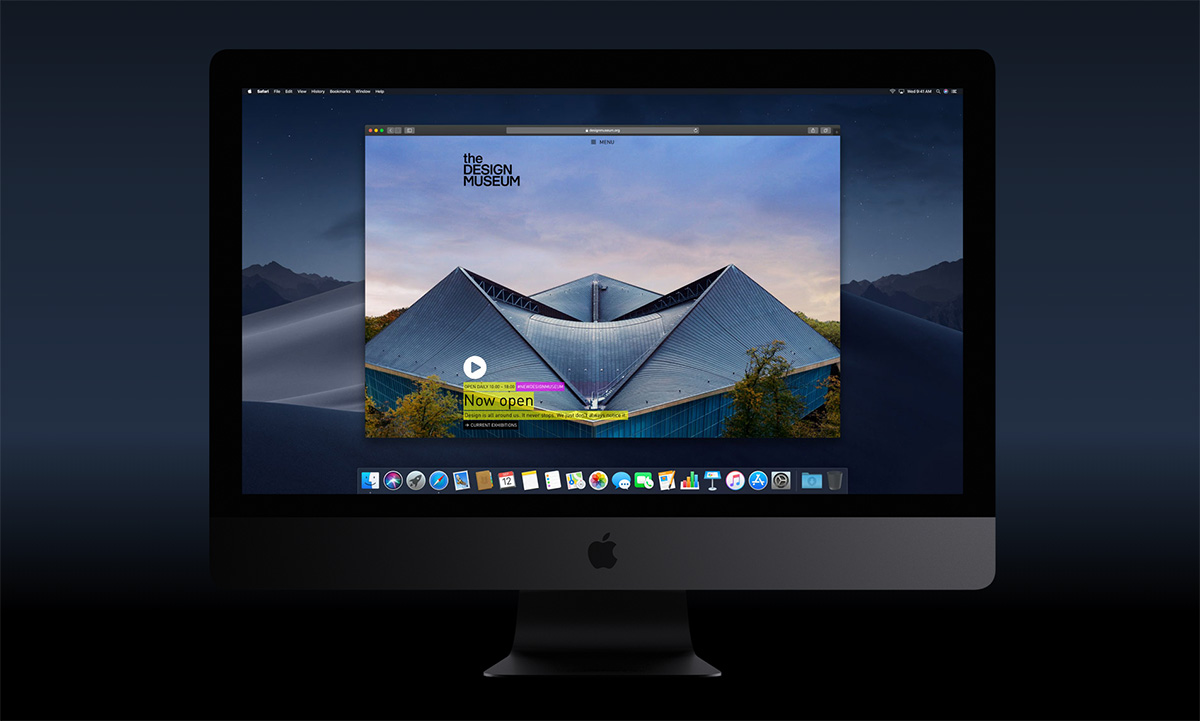
/DarkMode2500-5b5b7cdc46e0fb005028aae5.jpg)
Launch System Preferences, then select Desktop and Screen Saver.Ģ.

If you choose a dark desktop image, you can further enhance the dark mode interface.ġ. The apps provided by Apple (such as photos, mail, maps and calendars) all support dark mode. However, if you want complete darkness to solve the problem on your Mac, you need to take another step-reduce the brightness of your Mac desktop. You can choose your own dark custom image for the desktop, but using one of the Dynamic desktop images or dark static images that come with macOS Mojave and later is a better solution.ĭynamic desktop images change their appearance, track the time of day and generate darker wallpapers at night and brighter desktops during the day. However, you can set the Dynamic Desktop image that comes with your Mac to continuously display bright or dark images. When you turn on dark mode, it will immediately be applied to menus, buttons and windows (including the "System Preferences" window). Next to Appearance, click the dark icon to turn on dark mode. (Select the "Light" icon to return to "Light Mode".) Select the "General" preference pane on the "System Preferences" screen.ģ. Launch "System Preferences" by selecting "System Preferences" from the Apple menu or clicking the "System Preferences" icon in the Dock.Ģ. When macOS Mojave or later is installed, follow these steps:ġ. Note: Unless otherwise stated, the information in this article applies to Macs with macOS Mojave or later.
#Macos mojave dark mode for mac#
Apple introduced dark mode for Mac in macOS Mojave. Dark mode is a system-level setting that can be used with all apps included with the Mac. Third-party applications can also choose to use dark mode. Dark mode makes it easier for you to focus on work, and it is also easy for the eyes. Macs with macOS Mojave do not turn on "dark mode", but the process of turning it on or off is simple.


 0 kommentar(er)
0 kommentar(er)
